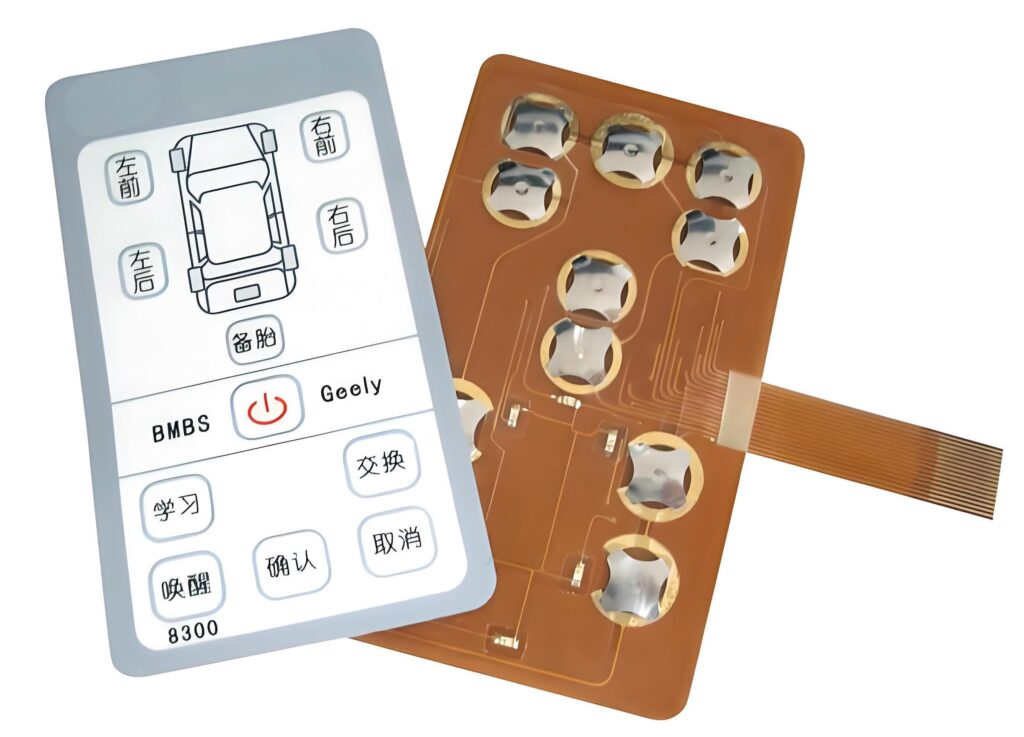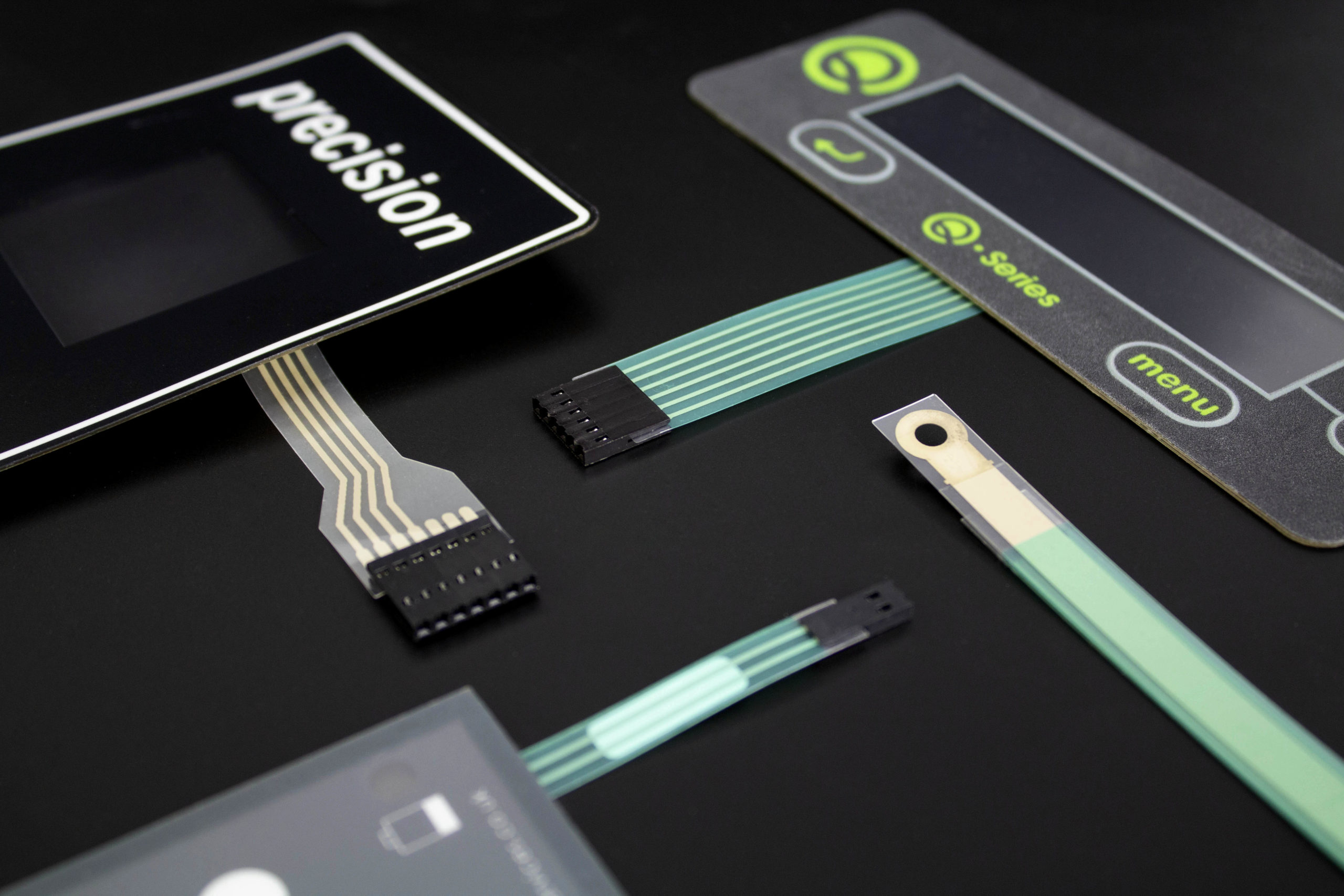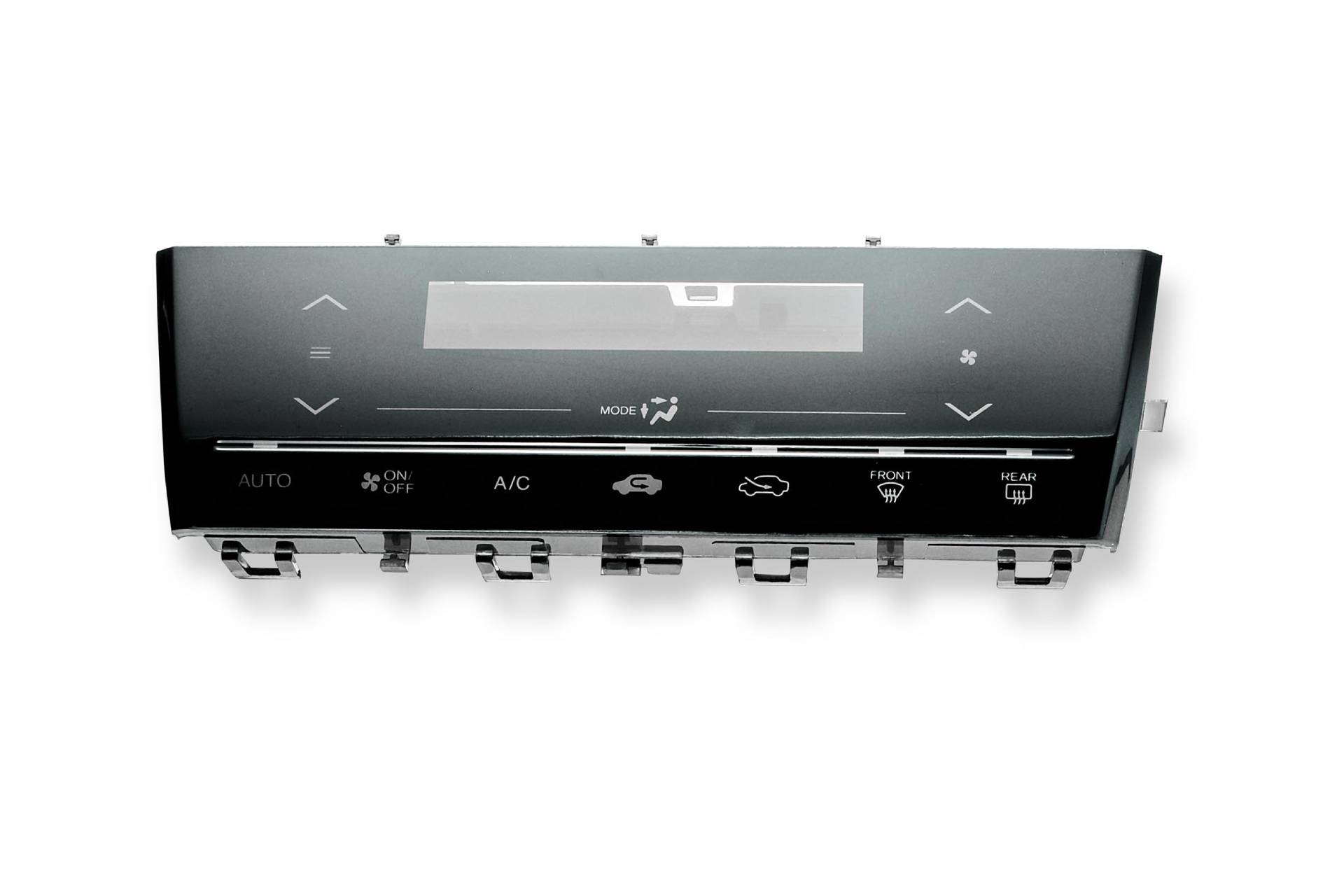How membrane switch enables sustainability in electronic product design
The Manufacturing Refine Behind Membrane Switch Over: What You Need to Know
The production process behind membrane layer changes combines mindful style, material selection, and quality assurance. It begins with recognizing the complexities of membrane layer switch layout and progresses with various stages, consisting of material selections and printing techniques. Each stage plays an important duty in guaranteeing capability and resilience. The intricacies of layer construction and the extensive screening standards may expose understandings that are not immediately obvious. What exists beyond these foundational aspects?
Recognizing Membrane Switch Style
Although membrane layer buttons might appear easy at very first look, their layout involves elaborate considerations that ensure capability and durability. The layout procedure starts with a thorough understanding of user requirements, including the interface's intended application and ecological variables. Ergonomics is a crucial element, as the format has to promote convenience of usage while making sure that responsive comments meets user expectations.Moreover, the layering of components, such as visuals overlays, glue layers, and conductive traces, need to be exactly engineered. membrane switch. This layered arrangement not just influences the switch's responsiveness but additionally influences its durability. Interest is provided to the securing methods utilized to safeguard versus dampness and dust, which could endanger efficiency. Additionally, layout factors to consider prolong to aesthetic appeals, where color design and aesthetic clarity boost individual experience. Ultimately, the layout of membrane switches equilibriums functionality, customer experience, and sturdiness, ensuring that they meet the needs of various applications successfully
Materials Utilized in Membrane Change Manufacturing
When picking products for membrane layer switch production, it is important to contemplate both efficiency and sturdiness. The key materials consist of polyester and polycarbonate films, which give versatility and toughness. These films are usually coated with glue to guarantee appropriate bonding to substratums. Conductive inks, usually made up of silver or carbon, are crucial for developing electrical links within the button, permitting trusted operation.Additionally, a protective layer, such as a difficult layer, is frequently applied to boost scratch resistance and durability. The option of backing product, such as acrylic or foam, can considerably affect the button's tactile feel and general customer experience. Different ecological variables, including temperature level and moisture, should direct product option to assure peak efficiency in specific applications. Ultimately, the best combination of materials adds to the membrane layer button's capability and life-span, making educated options essential for manufacturers.
The Printing Process: Creating Graphics and Text
The printing process in membrane switch manufacturing plays a substantial duty in generating top quality graphics and message. Various visuals style methods are employed to ensure visual charm and functionality, while mindful ink choice approaches are crucial for toughness and performance. Comprehending these components is basic for attaining best cause membrane button layout.
Graphic Design Techniques
Graphic design techniques play an important duty in the printing procedure of membrane buttons, as they define just how graphics and text will ultimately appear on the end product. Effective visuals design includes the calculated use fonts, colors, and formats to improve readability and visual charm. Designers usually make use of vector graphics for scalability, making certain that photos stay sharp at various sizes. Furthermore, attention to contrast and alignment is vital, as it affects individual interaction and aesthetic top quality. The unification of branding components, such as logo designs, should be managed with treatment to maintain brand name stability. Overall, thoughtful graphic style strategies contribute significantly to the capability and beauty of membrane layer buttons, influencing user experience and product efficiency.
Ink Option Methods
Selecting the proper ink is crucial for achieving the preferred aesthetic top quality and durability in membrane switch production. Different ink kinds are made use of, consisting of solvent-based, water-based, and UV-curable inks. Each kind supplies distinct qualities, such as resistance, flexibility, and adhesion to environmental factors. Solvent-based inks are frequently favored for their sturdiness and dynamic colors, while water-based inks are much more eco-friendly but may have constraints in attachment. UV-curable inks give quick treating and robust performance. Additionally, shade matching strategies assure that the chosen inks line up with design specifications. Inevitably, the selection of ink need to think about elements such as application method, substratum compatibility, and end-use needs to accomplish exceptional cause membrane layer switch graphics and text.
Layer Construction and Setting Up

Product Option Process
A careful selection of materials is vital in the manufacturing process of membrane switches, as it directly influences performance and toughness. The key products made use of consist of polyester, polycarbonate, and different conductive inks. Polyester is usually preferred for its superb resistance to chemicals and abrasion, making it ideal for rough settings. Polycarbonate, on the various other hand, gives exceptional quality and influence resistance, which is valuable for applications calling for presence and toughness. Conductive inks, normally made up of silver or carbon, are crucial for producing dependable electrical paths. In addition, the option of sticky materials influences the total stability of the switch - membrane switch. Reviewing elements such as ecological direct exposure, tactile feedback, and aesthetic needs overviews manufacturers in selecting the best materials for their particular applications
Layer Attachment Strategies
Sticking layers in membrane layer switch building is an important process that assures anonymous capability and long life. Different bond methods are used to secure suitable bonding in between layers, which usually consist of making use of adhesives, heat, and pressure. Pressure-sensitive adhesives (PSAs) are typically utilized for their convenience of application and instant bonding capabilities. In addition, thermal bonding techniques can be used, where warm is made click for more info use of to activate glue buildings, safeguarding a solid bond. The choice of adhesion technique greatly depends upon the products entailed and the particular application needs of the membrane button. Correct positioning and uniform application of adhesives are vital to prevent problems, safeguarding the switch operates properly throughout its desired life expectancy.
Quality Control Procedures
Ensuring quality assurance during the layer building and assembly of membrane layer buttons is important for preserving performance and integrity. This process typically involves several important procedures, consisting of extensive evaluations at each stage of manufacturing. Producers use sophisticated screening techniques, such as peel tests and adhesion evaluations, to verify the stability of layer bonds. In addition, aesthetic assessments are performed to determine any type of flaws in printing or material variances. Environmental conditions, such as temperature level and humidity, are carefully kept track of to ensure suitable healing and attachment. Normal calibration of equipment assists keep accurate manufacturing standards. By executing these quality assurance steps, suppliers can substantially decrease the risk of item failing, ensuring that the last membrane changes satisfy the needed specifications and customer expectations.
Examining and Top Quality Control Steps

Technologies in Membrane Layer Change Modern Technology
As advancements in technology proceed to progress, membrane switches are gaining from cutting-edge developments that improve their performance and customer experience. One noteworthy development is the combination of capacitive touch technology, which permits for more responsive and instinctive interface. This shift not only boosts looks yet also minimizes mechanical deterioration, expanding the life-span of the switches.Additionally, advancements in graphic overlay materials have actually brought about boosted longevity and resistance to environmental factors such as dampness and UV light. These materials now provide improved quality and illumination, further boosting the aesthetic appeal.Furthermore, the unification of wise modern technology is changing membrane switches over right into interactive control board, making it possible for connectivity with IoT tools. This connection promotes Get More Info a seamless user experience, paving the method for applications in various industries, from healthcare to consumer electronics. Collectively, these innovations placement membrane switches over as essential components in modern gadget style.
Regularly Asked Concerns
The length of time Does the Membrane Change Production Refine Take?
The period of the membrane switch production procedure can differ considerably. Aspects such as intricacy, products made use of, and production quantity influence timelines, with regular production varying from a few days to numerous weeks for conclusion.
What Are the Usual Applications for Membrane Layer Switches?
Membrane buttons are frequently utilized in numerous sectors, consisting of automobile controls, home home appliances, medical gadgets, and customer electronic devices (membrane switch). Their flexibility and durability make them ideal for applications needing straightforward user interfaces and reputable performance in diverse environments
Can Membrane Layer Switches Over Be Custom-made for Details Requirements?

What Is the Life-span of a Common Membrane Switch Over?
The life-span of a normal membrane button differs, yet usually, it varies from 1 to 5 million cycles. Elements such as usage, setting, and material quality greatly affect toughness and general performance in time.

Are Membrane Layer Changes Ecologically Pleasant?
The environmental kindness of membrane switches varies. Some materials utilized may not be recyclable, while others can be green. The overall effect depends on making techniques and materials, necessitating careful consideration throughout selection and disposal. The production procedure behind membrane changes combines mindful style, material selection, and quality control. It begins with understanding the ins and outs of membrane button layout and proceeds via different phases, consisting of material choices and printing methods. When selecting products for membrane switch manufacturing, it is essential to contemplate both efficiency and durability. A mindful selection of materials is necessary in the manufacturing procedure of membrane switches, as it straight affects functionality and sturdiness. The option of bond technique mainly depends on the products entailed and the specific application requirements of the membrane button.